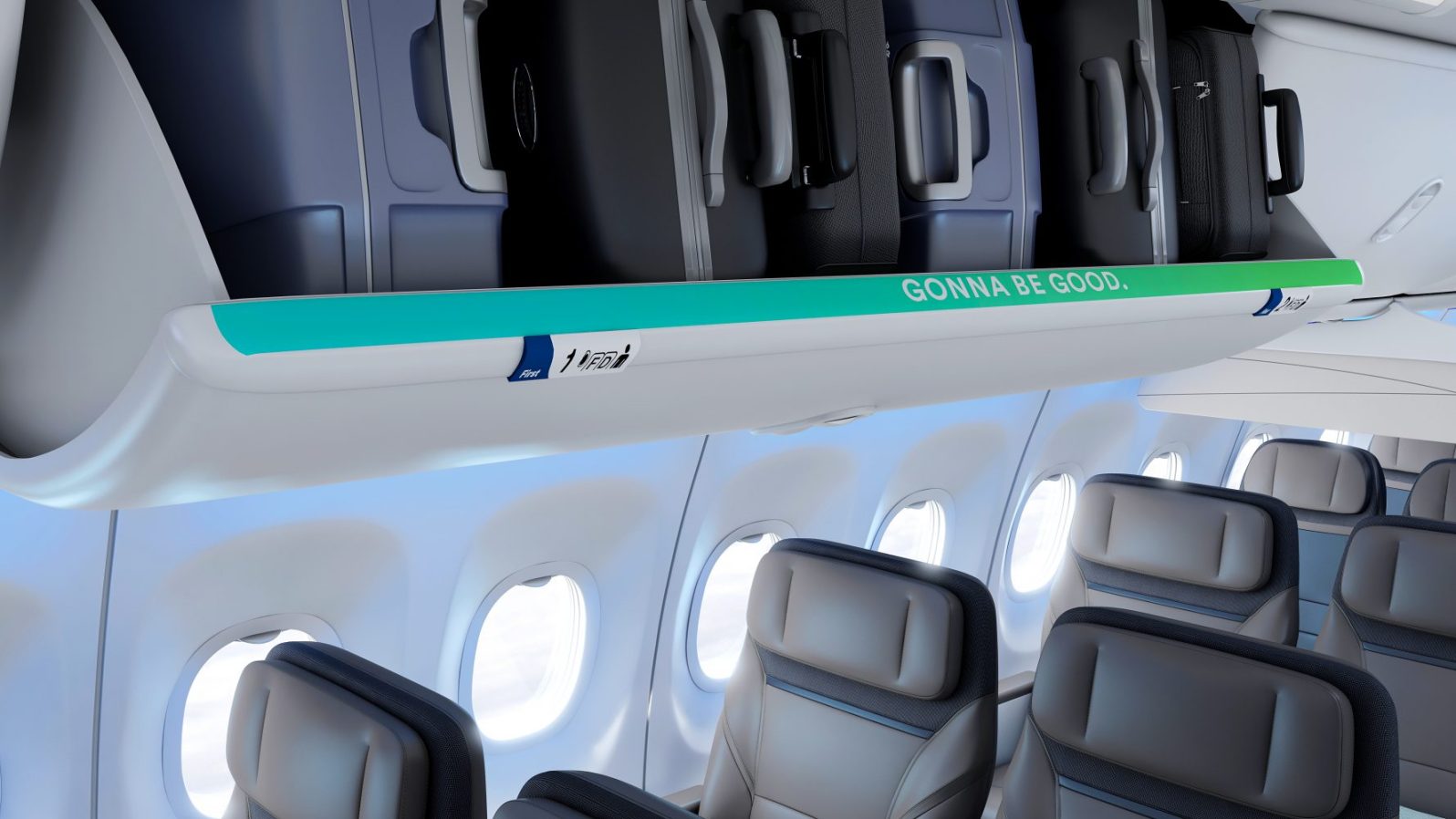Skift Take
The big surprise would have been if Alaska Airlines kept the Virgin America brand. This isn't a big deal, and it's nice that Alaska will be upgrading many of its products in the next three years. New Wi-Fi can't come soon enough.
Alaska Airlines said Wednesday it expects to retire Virgin America’s brand sometime in 2019, a decision that may disappoint the upstart carrier’s loyal customers, but one that will surprise few industry insiders.
Companies rarely operate two airline brands, and when they do it’s often for reasons of national pride. Air France and KLM are one entity, but the two carriers operate separately, in part because no one is sure French customers would fly an airline with a Dutch name.
Generally the acquiring airline — in this case Alaska Airlines — absorbs the other carrier, a more efficient approach that leads to greater cost savings. Sometimes the acquiring airline will adopt the other airline’s name if its brand is stronger. Occasionally, as with LAN and TAM, two South American airlines, the combined carrier takes a new name. (In that case, it’s LATAM.)
By most accounts, Alaska didn’t acquire Virgin America for its brand, anyways. Instead, it wanted Virgin America’s gates in San Francisco and Los Angeles – they are hard to get any other way — and its landing rights in Washington and New York. It also helps that Alaska was able to knock out a West Coast competitor, while (it hopes) picking up most of its customers. The new Alaska has already expanded in California, something that might not have been possible without the acquisition.
Virgin America and Alaska now pay a fee of less than 1 percent of overall revenues to Virgin Group to license the Virgin America brand.
Virgin America loyalists will get some consolation prizes, none of them big. Alaska promised it would improve its in-flight entertainment, add mood lighting, and upgrade its music selection. It even promised to adopt Virgin America’s “relentless desire to make flying a different experience for guests” — whatever that means.
“While the Virgin America name is beloved to many, we concluded that to be successful on the West Coast we had to do so under one name — for consistency and efficiency…,” Sangita Woerner, Alaska’s vice president of marketing, said in a statement.
New cabins
Perhaps the biggest change will come in airline cabins. Alaska, a legacy carrier, generally has preferred simplistic interiors with muted tones, while Virgin America, which started flying in 2007, has had a fresher approach, with mood lighting and leather seats.
On Wednesday, Alaska said it will begin refreshing cabins next year, adding new seats and amenities. It’ll also introduce new uniforms for front-line staff in 2019 designed by Luly Yang.
Eventually, Virgin America planes will lose their eight-seat first class cabin, which has a seat pitch of 55 inches. Virgin America’s standard first class seat gave customers far more recline and legroom than seats on other U.S. airlines. Instead, Alaska will install four more seats, but shrink the pitch to 41 inches. However, Alaska will upgrade elite frequent flyers to unsold first class seats for free, something Virgin America has not done.
The cabins on former Virgin America planes will also get 18 new extra legroom seats. They’ll come with free booze.
Improved WiFi and Lounges
Alaska will also upgrade its Wi-Fi beginning next year. Both Alaska and Virgin America feature some of the slowest airplane Wi-Fi, with both loyal to an air-to-ground system from Gogo. Virgin America recently started addng faster satellite WiFi from ViaSat, but most of its aircraft still don’t have it. All planes should have speedier satellite-based WiFi by 2019.
Finally, Alaska will upgrade its lounges in Seattle, Portland and Los Angeles and build new ones in San Francisco and New York JFK.
The Daily Newsletter
Our daily coverage of the global travel industry. Written by editors and analysts from across Skift’s brands.
Have a confidential tip for Skift? Get in touch
Tags: airline passenger experience, alaska airlines, virgin america
Photo credit: Alaska Airlines is planning to retrofit its cabins beginning next year. Alaska Airlines
